The opening of BCCI as an offshore banking unit in Manila, Philippines in 1981 marked the BCC Group’s third banking operation in the Asia and Pacific Basin, the earlier two being in Hong Kong and Seoul, South Korea.
With the establishment of the Association of Southeast Asian Nations, or ASEAN, on 8 August 1967 in Bangkok, Thailand, economists firmly believed that the ASEAN region of which Philippines was a part would be the centre of economic growth in the coming years.
Country information
The Philippines, officially the Republic of the Philippines, is an island country consisting of around 7640 islands in Southeast Asia situated in the western Pacific Ocean.
The Philippines is bounded by the South China Sea to the west, the Philippines Sea to the east, and the Celebes Sea to the southwest. It shares maritime borders with Taiwan to the north, Japan to the northeast, Palau to the east and southeast, Indonesia to the south, Malaysia to the southwest, Vietnam to the west, and the People’s Republic of China to the northwest.

The Philippines has three major island groups; Luzon in the north and west, the largest and most populous with 8 subdivisions, Visayas in the centre, characterised by natural and cultural diversity with three subdivisions, and Mindanao in the south with six from where the country’s top agri-commodities are exported.
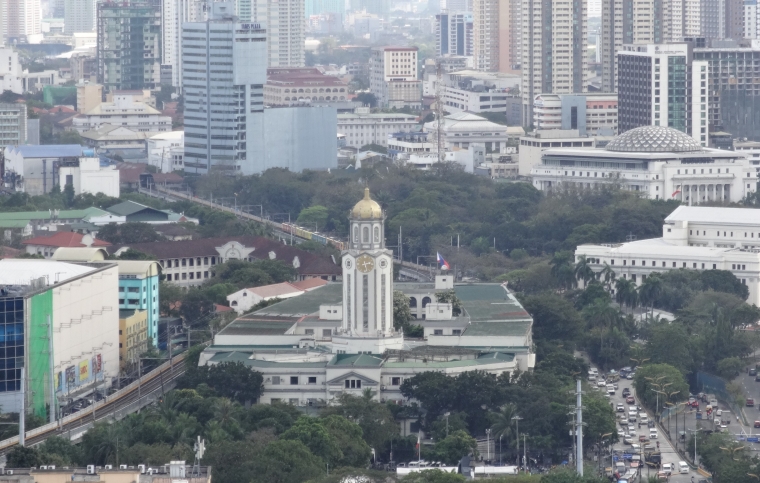
Manila is the capital and the financial centre of the Philippines. The city is located on the eastern shore of Manila Bay on the island of Luzon. It is highly urbanised and one of the world's most densely populated cities.
Early settlers
Indo-Malays and Chinese merchants had settled in the Philippines before the Arabs arrived in the 14th century). The Spanish arrived in the sixteenth century following Southeast Asian trade networks.

In 1521, Ferdinand Magellan, the Portuguese explorer and later for Spain, led a Spanish expedition to the east. Philippine Islands became a colony of Spain during the 16th century with the Spanish recognising its strategic position as a trading centre and military outpost. Spain ruled for 333 years.
The Philippines islands were ceded to the USA in 1898 following the Spanish-American War. In 1902, an American civilian government was established, and American forces continued to secure and extend their control over the islands for a further 48 years.
During World War II the Philippines was occupied by the Japanese forces who were defeated by the Allied troops led by the USA.
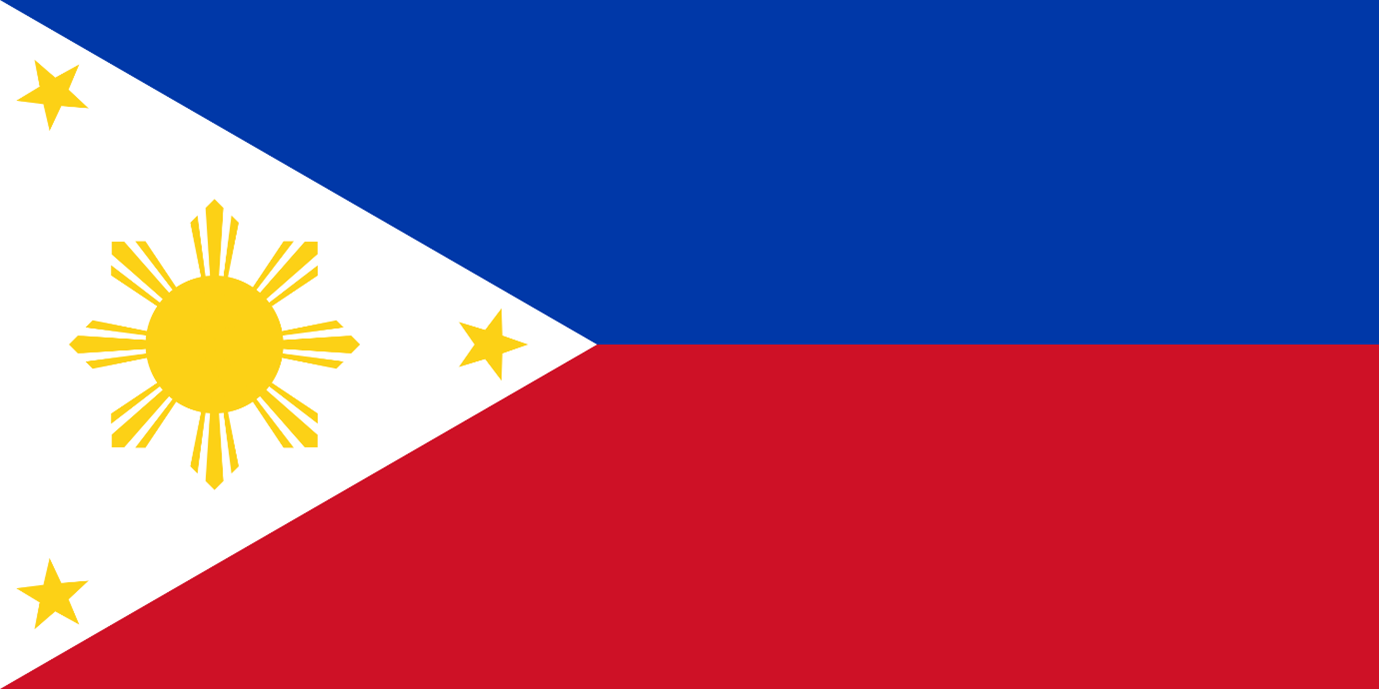 The Republic of the Philippines attained its independence on 4 July 1946.
The Republic of the Philippines attained its independence on 4 July 1946.
Population and language
When BCCI was established in Manila in 1981, the population of the Philippines was 48,672,83.
There were two official languages in the Philippines, Filipino, the national language, and English widely used for business, government, and education from the fourth grade through college.
In addition, there are nineteen recognised regional languages that are also used as media of instruction. Other recognised languages promoted on a voluntary and optional basis were Spanish and Arabic that was introduced in the late 14th century with Arab and Malay merchants following Southeast Asian trade networks.
Economy
The Philippines is largely an agricultural country. The principal farm products are sugarcane, rice, coconuts, bananas, corn (maize), and pineapples.

The country's economy is based on free enterprise; individuals and nongovernmental entities are free to participate in its development and management, some-times with the aid of government credit.
The Philippines scored high in terms market potential, ease of doing business, economic stability, highly skilled labour force and government policies.
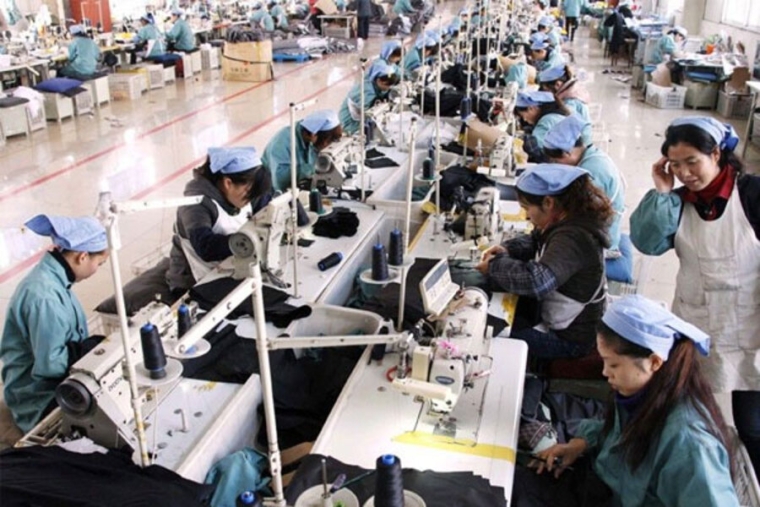
Much growth in manufacturing took place in the Philippines in the 20th century. Many factories are licensees of foreign companies or act as subcontractors for foreign firms, turning out finished products for export from imported semifinished goods. Major manufactures were electronics components, garments and textile products, processed foods and beverages, chemicals, and petroleum products.
Remittances from Filipinos contributed significantly to the country’s economy. Service industries such as tourism and business process out-sourcing were areas with some of the best opportunities for growth for the country.
The Philippines’ principal exports included electronic equipment, garments and accessories, coconuts and coconut products, and minerals (copper, gold, and iron ore). The principal imports were machinery and transport equipment, fuels, chemicals and chemical products, and farm products.
Major imports - partners
China 29%, Japan 8%, South Korea 7%, United States 6%, Singapore 6%, Indonesia 6%, Thailand 5%, Taiwan 5% (2019)
Major exports partners
China 16%, United States 15%, Japan 13%, Hong Kong 12%, Singapore 7%, Germany 5% (2019)
BCCI in Philippines
Bank of Credit and Commerce International (Overseas) Ltd., Manila was inaugurated on 24th November 1981 and was the 21st Offshore Banking Unit (OBU) to be authorised by the Central Bank of the Philippines.
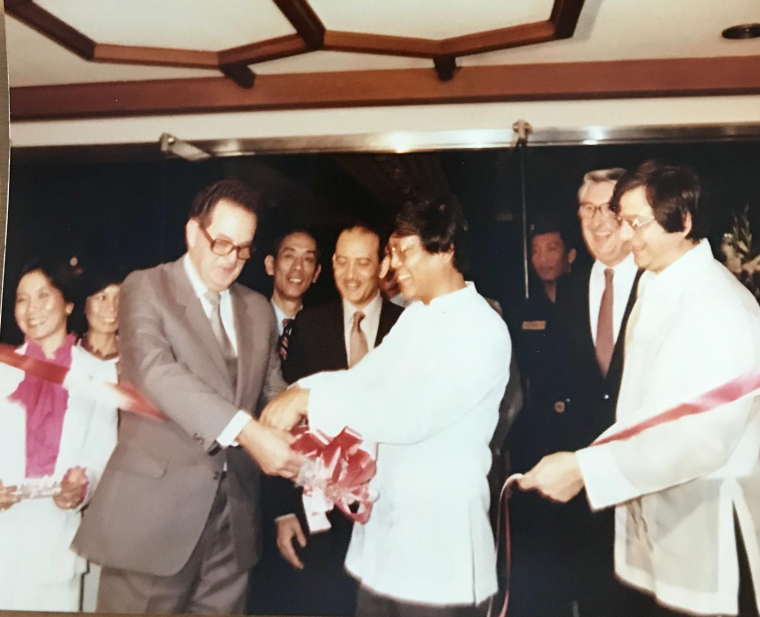
During the Inauguration, the BCC Group officials present were Mr. Dildar H. Rizvi, the Regional Director, Far East Region Hong Kong, and Mr P C Twitchin, a Board Director representing BCC Group’s Head Office, London. Mr. Jaime C. Laya, Central Bank Governor then, graced the occasion and ribbon-cutting ceremony.
With the opening of BCCI Manila OBU, the BCC group marked its third banking operation in the Asia and Pacific Basin, and Far East Region, the other two being at Hong Kong and Seoul, South Korea.
BCCI Manila OBU was located at:
Pioneer House, 108 Pasco de Roxas
P.O. Box 1055, Makati
Metro Manila
Tel: (632) 817 0031, 817 4346
Fax: (632) 810 0649
Telex: 66096 BCCI PN, 23506 BCCI PN
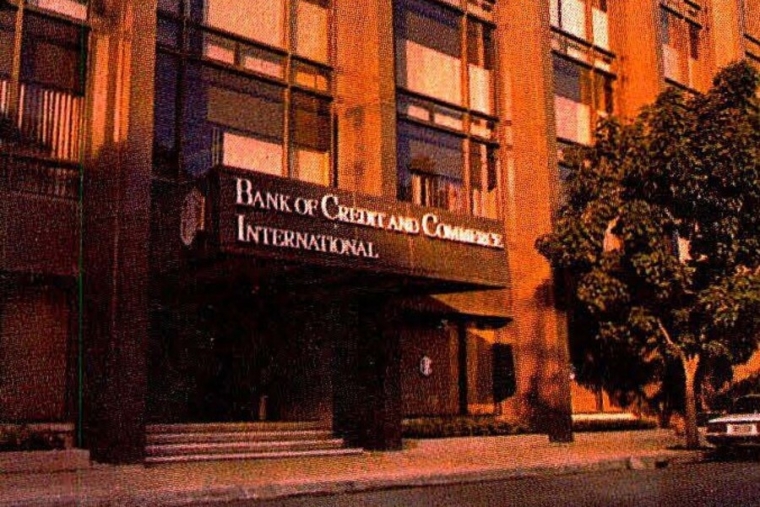

The promulgation of Presidential Decree 1034 in September 1976 opened the doors to the establishment of OBUs, the first of which belonged to Lloyds Bank, opening its branch in 1977. By the end of 1983 the country had seen the inauguration of twenty-six OBUs, most of them being other major USA and European banks like Manufacturer Hanover Trust, Chemical Bank, Chase Manhattan Bank, Bank National de Paris (BNP) and Credit Lyonnais.
At a time in the 1980s when the Philippines was having problems with their debt-financing, the country expected to tap the international foreign markets with a participation of the OBUs of foreign banks and improving access to the world's major financial institutions.
As part of the Association of Southeast Asian Nations (ASEAN), the Philippines intended to play an important role as a centre of all ASEAN activities in the region.
Country Manager was Mirza Ali Zafar, a senior banker, was the first Country Manager, with other experienced bankers, A.M. Shamsher as Credit Manager and M. Arif Khan as Treasury Chief Dealer,. The branch team comprised a majority of highly smart talented men and women who spearheaded the branch’s operations and marketing profile. BCCI asserted its international banking outlook in relating to new offshore clients and institutional customers. The BCCI Manila officers had the experience and insight into how an international Bank functions which was indeed very rewarding for them.

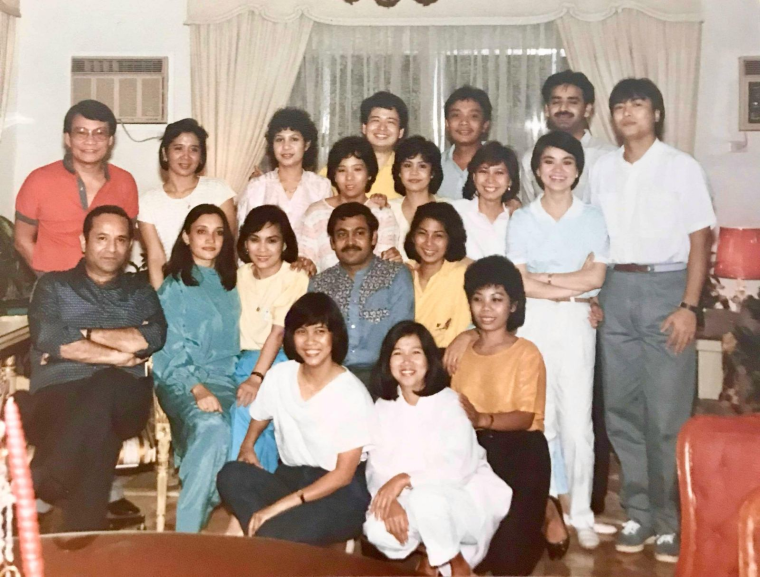
BCCI Manila with offshore banking status was not allowed to conduct domestic banking and its OBU activities revolved primarily around:
- opening offshore foreign currency accounts with BCCI branches outside Philippines
- offshore fund generation including accepting foreign currency deposits
- foreign currency denominated short term lending
- corporate and project financing
- interbank placements
- forex operations
- remittances that was important to the country's economy because of the large number of Filipinos working abroad
- syndications
- financial and advisory services
- generating international business from local Philippines banks for BCCI branches network
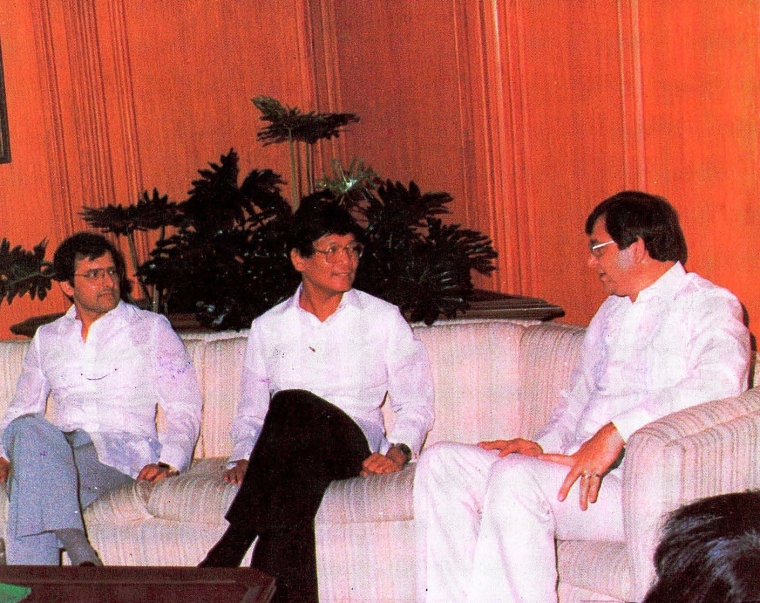
BCCI closure
On 5 July 1991 the Bank of England and other regulators in the west decided to abruptly freeze BCCI Group's assets and shut down BCCI's operating branches worldwide.
The priority of the governments and central banks in some countries was to protect their people and the local operations of BCCI continued in a different name after the assets and liabilities were acquired by private investors or another bank.
BCCI Manila Offshore Banking Unit (OBU) was closed. The Central Bank of Philippines directed the OBU to put it assets in an escrow account to cover local liabilities. No further information is available.
The BCCI Group majority shareholders considered the abrupt action by western central banks to shut down BCCI in 1991 was unjustified when they already had detailed discussions with the Bank of England and other regulators on a restructuring plan and would have injected further capital, if required.
In a 24-page report not made public but sent to some 60 central bankers worldwide, the United Nations Center on Transnational Corporations said that by simply shutting down the 70-nation banking network that financed international trade of $18 billion a year, the economic damage fell hardest on countries like Nigeria, Bangladesh and Zambia, where B.C.C.I. was an important institution. (New York Times, Feb 5, 1992)
Acknowledgement:
Ex-officers of BCCI Manila:
- Vilma R. Nayve
- Maria Stella E. Valdes
- Yolanda R. Punzalan
- E. Dennis F. Purugganan
